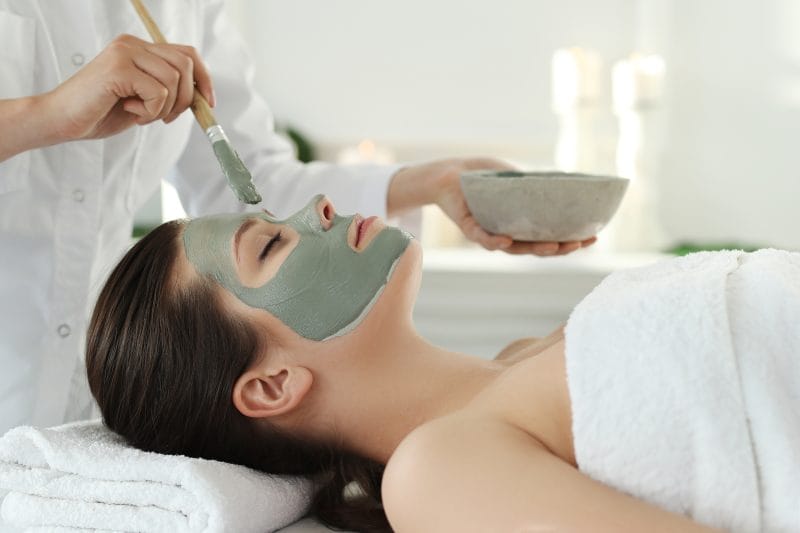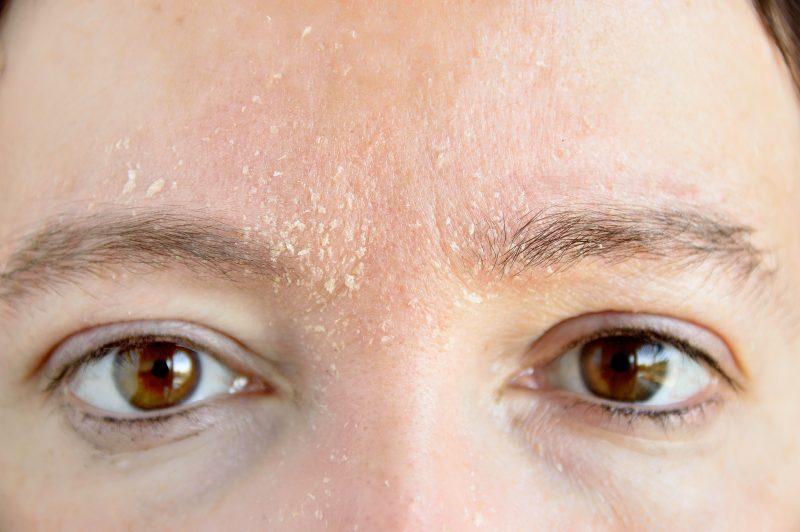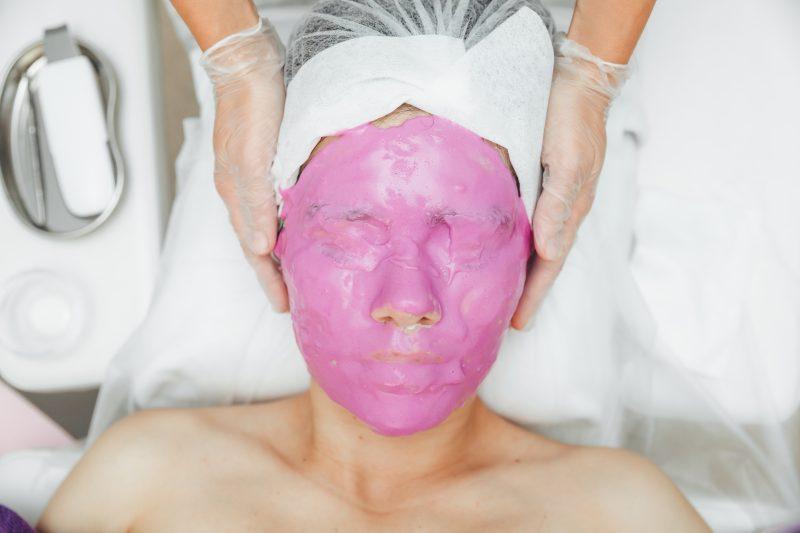Skincare
Is Tea Tree Oil Good for Acne?
Finding effective treatments for acne can be a challenge. While traditional acne-fighting ingredients like salicylic acid and benzoyl peroxide often steal the spotlight, natural alternatives are gaining popularity. One such natural remedy is tea tree oil. Derived from the leaves of the Australian Tea Tree, tea tree oil has been used for centuries by Aboriginal Australians for its medicinal properties. In recent years, scientific research has shed light on the potential benefits of tea tree oil for acne and how it can be used as a natural solution for acne-prone skin.
Understanding Tea Tree Oil
Tea tree oil, also known as melaleuca oil, is an essential oil extracted from the leaves of the Melaleuca alternifolia plant native to Australia. It has a distinct camphor-like smell and has been traditionally used for various health conditions, including dandruff, eczema, lice, and fungal and bacterial skin infections.
Research has shown that tea tree oil has broad-spectrum antimicrobial activity, making it effective against various bacteria and fungi, including the p.acnes bacteria responsible for acne breakouts. A study published in the Saudi Journal of Biological Sciences in 2020 confirmed the antibacterial properties of tea tree oil. The active ingredient in Tea tree oil, Terpinen-4-ol, destabilizes the bacterial cell, leading to its destruction. Additionally, tea tree oil has anti-inflammatory effects, reducing redness and inflammation associated with acne.
Treating Different Types of Acne
Tea tree oil has demonstrated efficacy in treating both comedonal acne (blackheads and whiteheads) and inflammatory acne (red and inflamed pimples). In a comparative study published in the Medical Journal of Australia, tea tree oil was found to be as effective as benzoyl peroxide, a commonly used antibacterial acne treatment. However, tea tree oil had the advantage of causing fewer side effects such as dryness and irritation. This moisturizing property sets it apart from drying ingredients like benzoyl peroxide and retinoids.
Additional Skin Benefits
Apart from its acne-fighting properties, tea tree oil offers other benefits for the skin. It has antiviral and antifungal properties, making it effective against conditions like Athlete’s Foot and cold sores. Tea tree oil has also been suggested as a treatment for dandruff and seborrheic dermatitis due to its anti-inflammatory and antifungal potential. Moreover, tea tree oil can aid in wound healing by increasing white blood cell activity and reducing healing time.
How to Safely Use Tea Tree Oil for Acne
While tea tree oil shows promise for acne treatment, it is essential to use it safely and correctly. Here are the steps to follow when incorporating tea tree oil into your skincare routine:
Step 1: Dilute and Patch Test
Tea tree oil should never be applied directly to the skin in its pure form. It must be diluted with a carrier oil to prevent skin irritation. Combine approximately 1-2 drops of tea tree oil with 12 drops of a non-comedogenic carrier oil such as jojoba oil or argan oil. Perform a patch test on a small area of your forearm to check for any adverse reactions like itching, redness, swelling, or irritation.
Step 2: Cleanse and Dry Your Face
Before applying diluted tea tree oil, cleanse your face with a gentle cleanser suitable for acne-prone skin. Gently pat your skin dry with a towel.
Step 3: Apply Diluted Tea Tree Oil
Using a cotton round or pad, dab the diluted tea tree oil onto your blemishes. Be careful to avoid the eye area. Allow the oil to dry before proceeding to the next step.
Step 4: Moisturize
After the tea tree oil has dried, apply your regular moisturizer to keep your skin hydrated. Moisturizing is crucial, as tea tree oil alone may not provide sufficient moisture for your skin.
Step 5: Repeat Twice Daily
For best results, repeat this skincare routine twice daily, once in the morning and once at night. Consistency is key, as it may take up to 12 weeks to observe improvements in your acne.
While tea tree oil is generally safe to use, it’s essential to be aware of potential side effects and take necessary precautions. Here are some important considerations:
- Tea tree oil can increase the skin’s sensitivity to sunlight, making it more prone to sunburn. It is crucial to use a broad-spectrum sunscreen with a high SPF when using tea tree oil and to limit sun exposure.
- Tea tree oil is toxic if ingested, so it should never be swallowed. It can also cause redness and irritation if it comes into contact with the eyes. Take care to avoid getting tea tree oil in your eyes and keep it out of reach of children and pets.
- When purchasing tea tree oil, opt for products from trusted manufacturers. Look for 100% pure tea tree oil and check for any additional ingredients that may not suit your skin. Reading reviews and recommendations can help you make an informed decision.
By following these guidelines and choosing quality products, you can harness the power of tea tree oil for clearer and healthier skin.





